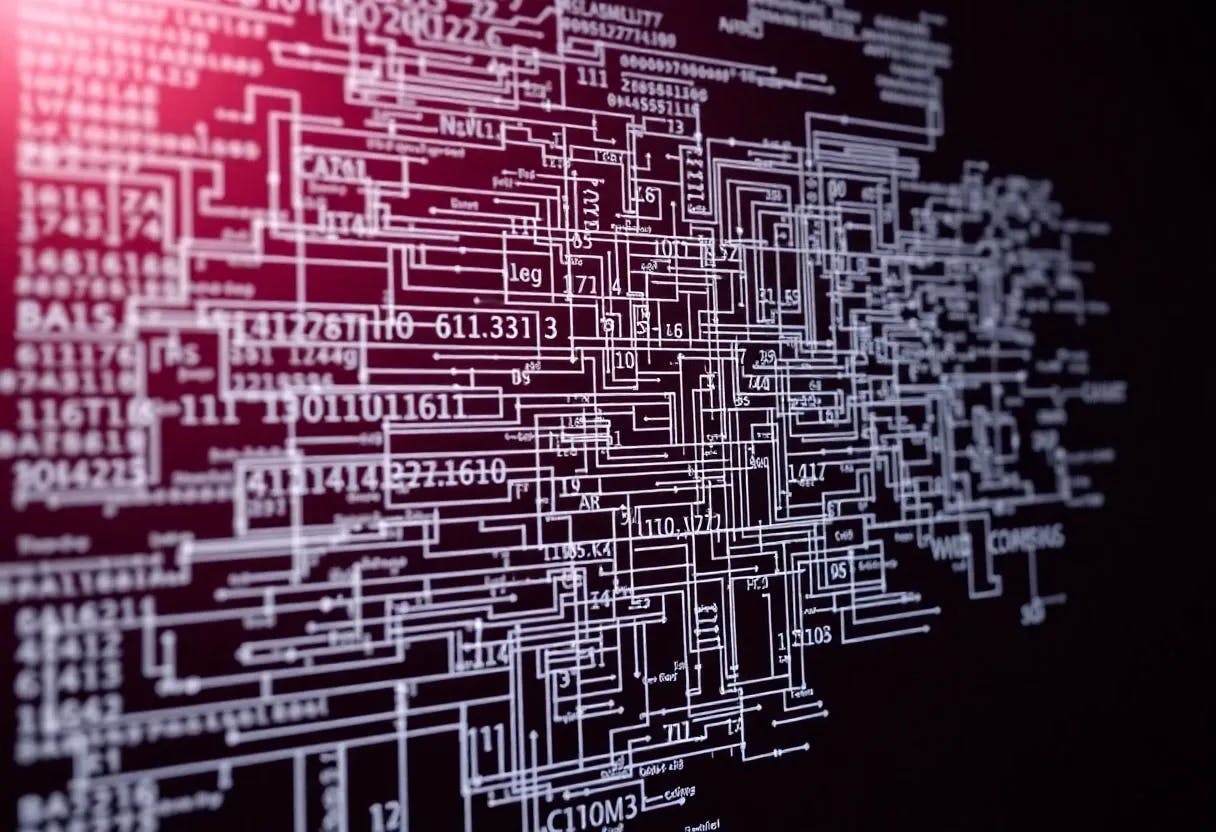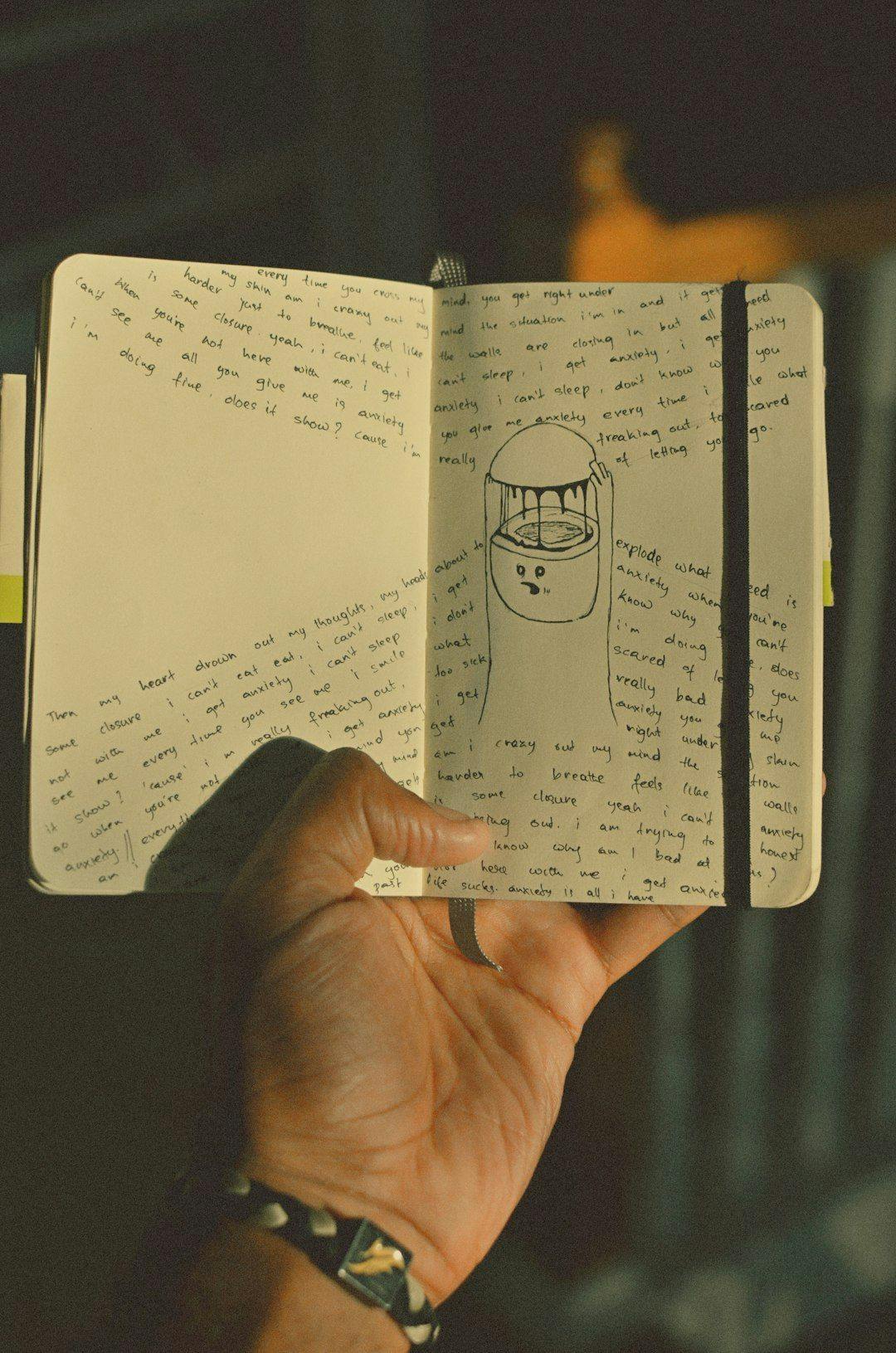Authors:
(1) VINÍCIUS YU OKUBO, Dept. Electronic Systems Engineering, Polytechnic School, University of São Paulo, Brazil;
(2) KOTARO SHIMIZU, Department of Applied Physics, The University of Tokyo, Tokyo 113-8656, Japan;
(3) B. S. SHIVARAM, Department of Physics, University of Virginia, Charlottesville, Virginia 22904, USA;
(4) HAE YONG KIM, Dept. Electronic Systems Engineering, Polytechnic School, University of São Paulo, Brazil.
Table of Links
Abstract and I. Introduction
II. Related Work
III. Methodology
IV. Experiments and Results
V. Conclusion and References
IV. EXPERIMENTS AND RESULTS
A. PERFORMANCE EVALUATION
Evaluating TM-CNN poses a certain challenge because there are no benchmarks or published results for direct comparison. So, we defined that junction and terminal detections reviewed by human observers as the gold standard and compared the algorithms against this standard. For testing purposes, we annotated 5 independent images from varying experiments, using the same procedure as the training images (subsection III-E). False detections were excluded since they do not contribute to the detection evaluation. In total, the test set contained 3,551 junctions and 3,653 terminals.
B. RESULTS FROM A PHYSICS PERSPECTIVE
In Bi:YIG films, it is known that a perfect stripe pattern is the most energetically favorable and stable configuration of magnetic moments [4]. In this structure, the magnetic moments exhibit stripes aligning straight in one direction throughout the entire structure, resulting in large spatial coherence. Meanwhile, the experimentally obtained structures often manifest labyrinthine patterns, as illustrated by dark and bright stripes in Fig. 1. In these labyrinthine patterns, stripes are aligned within small domains but propagate in different directions between different domains, and thus the spatial coherence of stripes is smaller than the perfect stripe. Notably, junctions and terminals are defects emerging in the formation of these labyrinthine patterns, intricately linked to the growth of spatial coherence in the system. Introducing such defects into the perfect stripe structure leads to the bending and branching of the initially aligned stripes, eventually reducing spatial coherence accompanied by the transformation to labyrinthine patterns. Indeed, a plethora of defects are observed in the labyrinthine patterns shown in Fig. 2. Conversely, the elimination of these defects plays a crucial role in the transition from a quenched state to an annealed state, where the system increases the spatial coherence.
Each of these defects cannot be eliminated alone by continuous deformation of the stripes due to their topological properties. They can be removed through the pair annihilation. For instance, in Fig. 2, terminals are branched from junctions and they can be removed pair wisely by reducing the branching distance. These defects, known as topological defects, are widely recognized for playing a crucial role in the formation of periodic structures. By detecting the positions of defects, the evolution of the labyrinthine patterns would be systematically quantified. Specifically in the context of magnetic labyrinthine patterns, a much smaller dataset was used to detect these defects manually [4]. Recently, persistent homology has been used to extract the topological features of the labyrinthine patterns in a systematic way [38]. However, it is still difficult to detect the positions of defects and classify them into junctions and terminals.
In this article, we achieved the systematic detection. To quantify the evolution of the labyrinthine patterns, we applied the TM-CNN technique to the 444 images and investigated how the number of defects and their locations changes step by step. Fig. 6 illustrates the step dependence of the number of junctions and terminals during the demagnetization process. Results from 6 different experimental runs were averaged to estimate the number of defects. In the initial stages of the demagnetization process, there are approximately 800 defects. The number of defects sharply decreases around step 5 and remains nearly unchanged from step 10 onward. Consequently, the transition to the quenched state is inferred to start before step 5 and be completed by step 10. The reduction in the number of defects during the demagnetization process is compatible with the naive expectation based on the physical argument of a decrease in the number of defects associated with the increased spatial coherence of the stripes. Furthermore, the number of junctions and terminals are close, which is consistent with the topological argument that junctions and terminals are paired.
Further quantification of the evolution of the labyrinthine patterns based on the spatial distribution of the defects (and not only on their number) is discussed in another article [6].
V. CONCLUSION
In this work, we presented a new algorithm named TMCNN to detect defects in magnetic labyrinthine patterns, contributing to a pioneering analysis in material science. Our study characterized the evolution of junctions and terminals in magnetic stripes during demagnetization procedures, aiming at better understanding defect arrangement in magnetic materials [6].
TM-CNN employs a two-stage detection procedure, combining template matching for initial detection and a convolutional network classifier for refining misdetections. This approach ensures a high detection accuracy and facilitates dataset annotation through a semi-automatic procedure.
In our experiments, TM-CNN exhibited performance superior to other techniques, achieving an impressive F1 score of 0.988. This high performance is mainly due to TMCNN’s ability to locate small and clustered objects. TM-CNN achieves almost 100% accuracy with a simple CNN classifier with less than half a million parameters and can be used even on computers without GPUs.
While TM-CNN was developed for defect detection in labyrinthine magnetic patterns, its potential applications are not limited to this field. Future research could explore the use of TM-CNN in other domains, such as identifying bifurcations in blood vessels or adapting it to other structures that can be modeled using templates.
REFERENCES
[1] Masaya Uchida, Yoshinori Onose, Yoshio Matsui, and Yoshinori Tokura. Real-space observation of helical spin order. Science, 311(5759):359–361, 2006.
[2] T. Garel and S. Doniach. Phase transitions with spontaneous modulation the dipolar ising ferromagnet. Phys. Rev. B, 26:325–329, Jul 1982.
[3] P. Molho, J. L. Porteseil, Y. Souche, J. Gouzerh, and J. C. S. Levy. Irreversible evolution in the topology of magnetic domains (invited). Journal of Applied Physics, 61(8):4188–4193, 04 1987.
[4] M. Seul, L. R. Monar, L. O’Gorman, and R. Wolfe. Morphology and local structure in labyrinthine stripe domain phase. Science, 254(5038):1616– 1618, 1991.
[5] Naoto Nagaosa and Yoshinori Tokura. Topological properties and dynamics of magnetic skyrmions. Nature Nanotechnology, 8(12):899–911, Dec 2013.
[6] Kotaro Shimizu, Vinicius Yu Okubo, Rose Knight, Ziyuan Wang, Joseph Burton, Hae Yong Kim, Gia-Wei Chern, and B. S. Shivaram. Machine Learning Assisted Characterization of Labyrinthine Pattern Transitions. arXiv:2311.10558, 2023.
[7] Kai Briechle and Uwe D. Hanebeck. Template matching using fast normalized cross correlation. In David P. Casasent and Tien-Hsin Chao, editors, Optical Pattern Recognition XII, volume 4387, pages 95 – 102. International Society for Optics and Photonics, SPIE, 2001.
[8] P. Viola and M. Jones. Rapid object detection using a boosted cascade of simple features. In Proceedings of the 2001 IEEE Computer Society Conference on Computer Vision and Pattern Recognition. CVPR 2001, volume 1, pages I–I, 2001.
[9] N. Dalal and B. Triggs. Histograms of oriented gradients for human detection. In 2005 IEEE Computer Society Conference on Computer Vision and Pattern Recognition (CVPR’05), volume 1, pages 886–893 vol. 1, 2005.
[10] Alex Krizhevsky, Ilya Sutskever, and Geoffrey E Hinton. Imagenet classification with deep convolutional neural networks. 25, 2012.
[11] Kaiming He, Xiangyu Zhang, Shaoqing Ren, and Jian Sun. Deep residual learning for image recognition, 2015.
[12] Ross Girshick, Jeff Donahue, Trevor Darrell, and Jitendra Malik. Rich feature hierarchies for accurate object detection and semantic segmentation, 2014.
[13] M. Everingham, L. Van Gool, C. K. I. Williams, J. Winn, and A. Zisserman. The pascal visual object classes (voc) challenge. International Journal of Computer Vision, 88(2):303–338, June 2010.
[14] Shaoqing Ren, Kaiming He, Ross Girshick, and Jian Sun. Faster r-cnn: Towards real-time object detection with region proposal networks, 2016.
[15] Joseph Redmon, Santosh Divvala, Ross Girshick, and Ali Farhadi. You only look once: Unified, real-time object detection, 2016.
[16] Yang Liu, Peng Sun, Nickolas Wergeles, and Yi Shang. A survey and performance evaluation of deep learning methods for small object detection. Expert Systems with Applications, 172:114602, 2021.
[17] Ricardo H Maruta, Hae Yong Kim, Danilo R Huanca, and Walter J Salcedo. A new correlation-based granulometry algorithm with application in characterizing porous silicon nanomaterials. ECS Transactions, 31(1):273, 2010.
[18] Hae Yong Kim, Ricardo Hitoshi Maruta, Danilo Roque Huanca, and Walter Jaimes Salcedo. Correlation-based multi-shape granulometry with application in porous silicon nanomaterial characterization. Journal of Porous Materials, 20:375–385, 2013.
[19] Sidnei Alves De Araújo, Jorge Henrique Pessota, and Hae Yong Kim. Beans quality inspection using correlation-based granulometry. Engineering Applications of Artificial Intelligence, 40:84–94, 2015.
[20] Gui-Song Xia, Julie Delon, and Yann Gousseau. Accurate junction detection and characterization in natural images. International Journal of Computer Vision, 106(1):31–56, Jan 2014.
[21] Harry Pratt, Bryan M. Williams, Jae Yee Ku, Charles Vas, Emma McCann, Baidaa Al-Bander, Yitian Zhao, Frans Coenen, and Yalin Zheng. Automatic detection and distinction of retinal vessel bifurcations and crossings in colour fundus photography. Journal of Imaging, 4(1), 2018.
[22] Sheng He, Marco Wiering, and Lambert Schomaker. Junction detection in handwritten documents and its application to writer identification. Pattern Recognition, 48(12):4036–4048, 2015.
[23] M Elena Martinez-Perez, Alun D Hughes, Alice V Stanton, Simon A Thom, Neil Chapman, Anil A Bharath, and Kim H Parker. Retinal vascular tree morphology: a semi-automatic quantification. IEEE Trans Biomed Eng, 49(8):912–917, August 2002.
[24] K. Liu, Y.S. Huang, and C.Y. Suen. Identification of fork points on the skeletons of handwritten chinese characters. IEEE Transactions on Pattern Analysis and Machine Intelligence, 21(10):1095–1100, 1999.
[25] Chungnan Lee and Bohom Wu. A chinese-character-stroke-extraction algorithm based on contour information. Pattern Recognition, 31(6):651– 663, 1998.
[26] Michael Maire, Pablo Arbelaez, Charless Fowlkes, and Jitendra Malik. Using contours to detect and localize junctions in natural images. In 2008 IEEE Conference on Computer Vision and Pattern Recognition, pages 1–8, 2008.
[27] Ran Su, Changming Sun, and Tuan D. Pham. Junction detection for linear structures based on hessian, correlation and shape information. Pattern Recognition, 45(10):3695–3706, 2012. [28] R. Deriche and T. Blaszka. Recovering and characterizing image features using an efficient model based approach. In Proceedings of IEEE Conference on Computer Vision and Pattern Recognition, pages 530–535, 1993.
[29] He Zhao, Yun Sun, and Huiqi Li. Retinal vascular junction detection and classification via deep neural networks. Computer Methods and Programs in Biomedicine, 183:105096, 2020.
[30] Kaiming He, Georgia Gkioxari, Piotr Dollár, and Ross B. Girshick. Mask R-CNN. CoRR, abs/1703.06870, 2017.
[31] I B Puchalska, G A Jones, and H Jouve. A new aspect on the observation of domain structure in garnet epilayers. J. Phys. D: Appl. Phys., 11(15):L175, oct 1978.
[32] Hae Yong Kim and Sidnei Alves de Araújo. Grayscale template-matching invariant to rotation, scale, translation, brightness and contrast. In Domingo Mery and Luis Rueda, editors, Advances in Image and Video Technology, pages 100–113, Berlin, Heidelberg, 2007. Springer Berlin Heidelberg.
[33] J. P. Lewis. Fast normalized cross-correlation. Vision Interface, 95:120, 1995.
[34] Sidnei Alves de Araújo and Hae Yong Kim. Ciratefi: An rst-invariant template matching with extension to color images. Integr. Comput.-Aided Eng., 18(1):75–90, jan 2011.
[35] Hae Yong Kim. Rotation-discriminating template matching based on fourier coefficients of radial projections with robustness to scaling and partial occlusion. Pattern Recognition, 43(3):859–872, 2010.
[36] Li Deng. The mnist database of handwritten digit images for machine learning research [best of the web]. IEEE Signal Processing Magazine, 29(6):141–142, 2012.
[37] Christian Eggert, Stephan Brehm, Anton Winschel, Dan Zecha, and Rainer Lienhart. A closer look: Small object detection in faster r-cnn. In 2017 IEEE International Conference on Multimedia and Expo (ICME), pages 421–426, 2017.
[38] T. Yamada, Y. Suzuki, C. Mitsumata, K. Ono, T. Ueno, I. Obayashi, Y. Hiraoka, and M. Kotsugi. Visualization of topological defect in labyrinth magnetic domain by using persistent homology. Vacuum and Surface Science, 62(3):153–160, 3 2019.



















